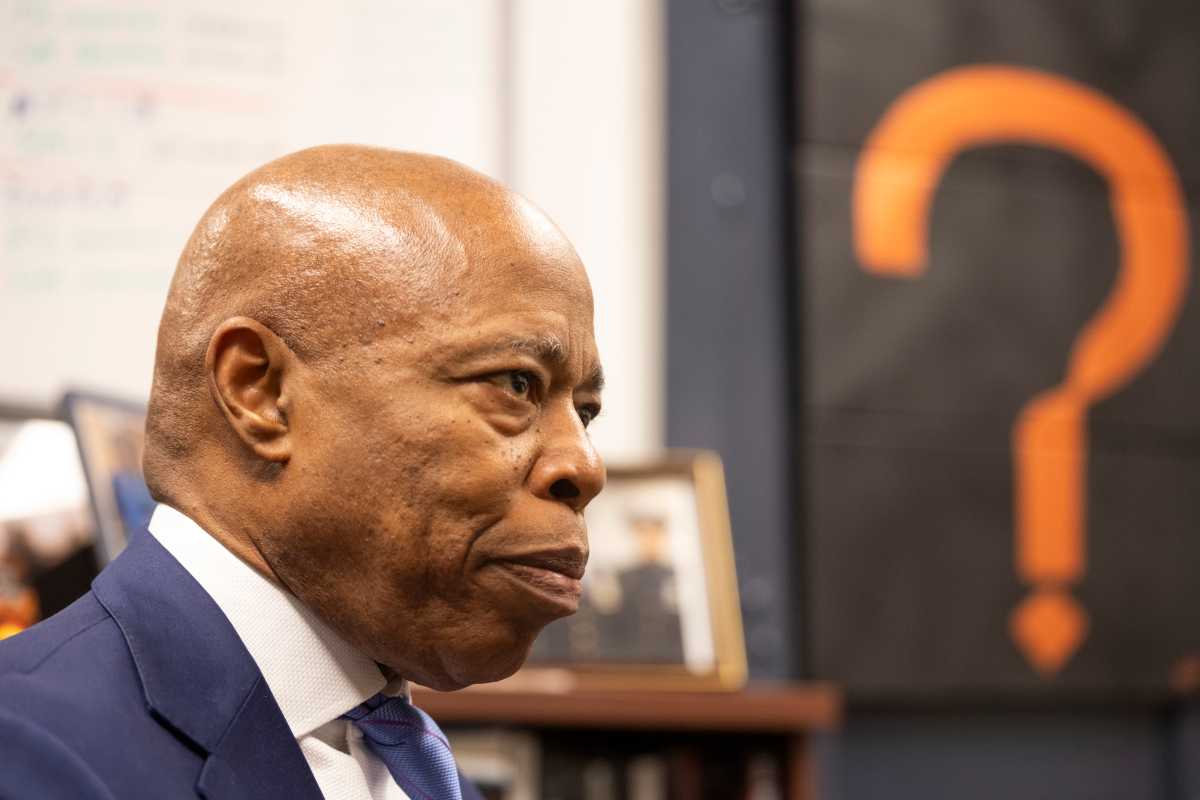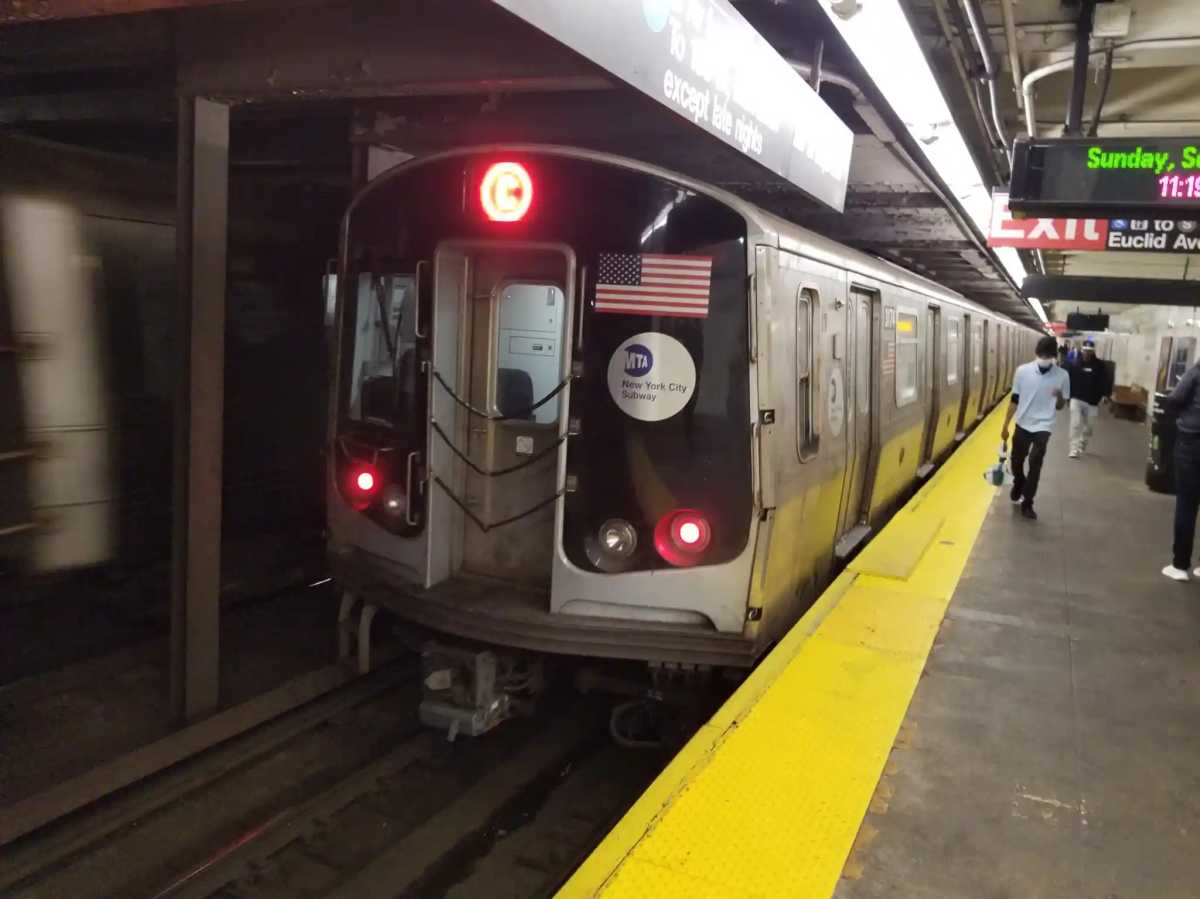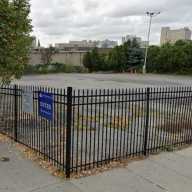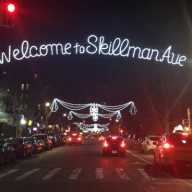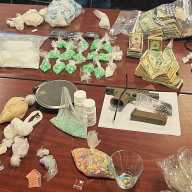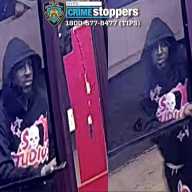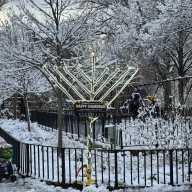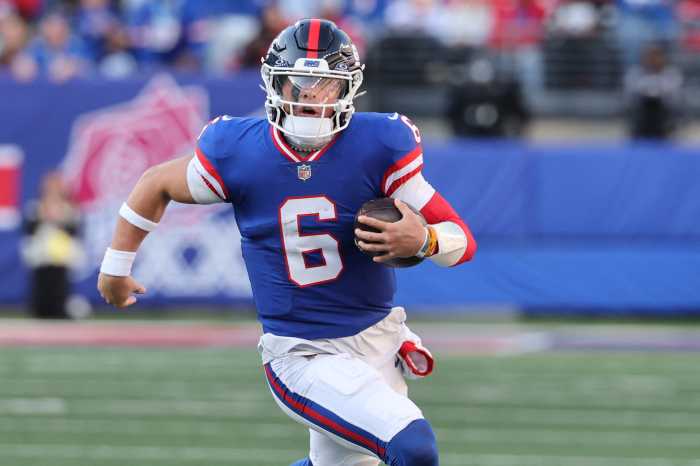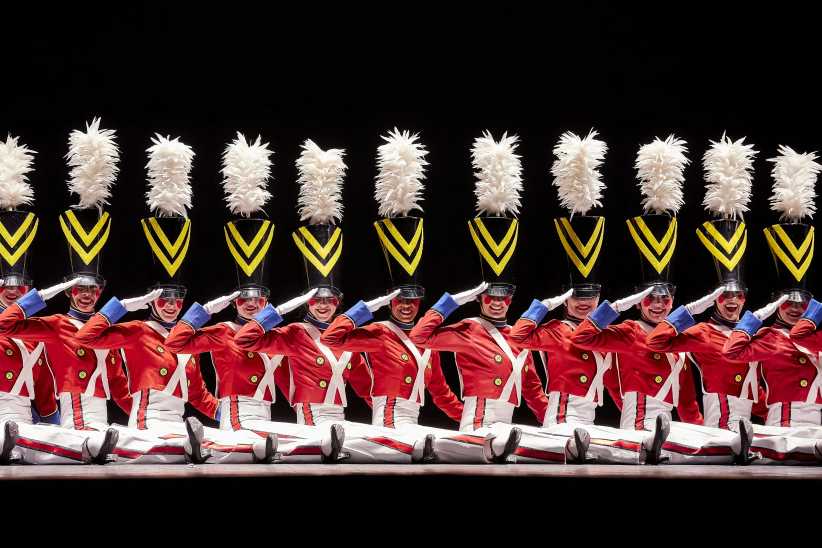A new Fire Department pilot program – being tested in Queens – would mean firefighters would stop using lights and sirens when responding to certain non-fire and non-life threatening emergencies.
The three-month “Modified Response” pilot program, in effect beginning Monday, October 4, could reduce citywide the number of fire apparatus responses using lights and sirens to non-fire and non-life threatening emergencies by more than 300,000 annually. That represents a 30 percent reduction, since FDNY apparatus respond nearly one million times a year, according to Fire Commissioner Salvatore J. Cassano. The new protocol will not be used for calls reporting a fire or any other life-threatening emergency.
The goal of the new protocol, say fire officials, is increased safety for firefighters and civilians by reducing the number of accidents caused while responding to non-fire and non-life threatening emergencies – call types which have increased dramatically in the past 10 years. Last year, FDNY responded to 194,406 such incidents, often sending multiple fire trucks to each call.
“A growing percentage of our responses are not fires or life-threatening emergencies, but many types of non-life threatening incidents such as water leaks, downed trees and faulty alarm systems,” said Cassano. “Often, responding to a call can be even more dangerous for our members than the incident itself, and we want to minimize the danger this poses to firefighters and the public.”
The Fire Department’s Bureau of Operations has categorized the types of calls to receive Modified Response into two groups.
Group 1 consists of calls for reports of water leaks, downed trees, and pulled alarm boxes in the overnight hours where there is no secondary source of information. Call types in this group currently receive a single unit response in emergency mode.
Under the Modified Response Pilot Program, these call types in Queens will still receive a single unit response, but that unit will now respond at a reduced speed and obey all traffic regulations, without the use of lights and sirens.
Group 2 consists of odors other than smoke (such as gas or fumes), sprinkler and automatic alarms, electrical emergencies, manhole emergencies, and other fire alarm systems. Currently, these call types can bring up to five units (three Engine companies and two Ladder companies) in emergency mode.
Under the Modified Response Pilot Program, these call types in Queens will still receive up to five units, but only the first-due units (one Engine and one Ladder) will respond in emergency mode. The additional units will respond at a reduced speed and obey all traffic regulations, without the use of lights and sirens. Upon arrival, the fire officers from the first due units will evaluate the incident and make a determination if the additional responding units are needed, or if they should return to quarters and remain in service.
At any time, on any call, a fire officer responding to one of the above-mentioned call types can instruct all units to immediately respond in emergency mode based on additional information from dispatchers or by the officer’s evaluation on scene.
In addition to increasing public safety and firefighter safety, Modified Response will improve the coverage FDNY provides by keeping companies closer to their first-due response areas, making them more readily available for priority assignments such as fires or other life-threatening emergencies. Added benefits include a reduction of fuel and maintenance costs and a decrease in the noise created by units responding.











